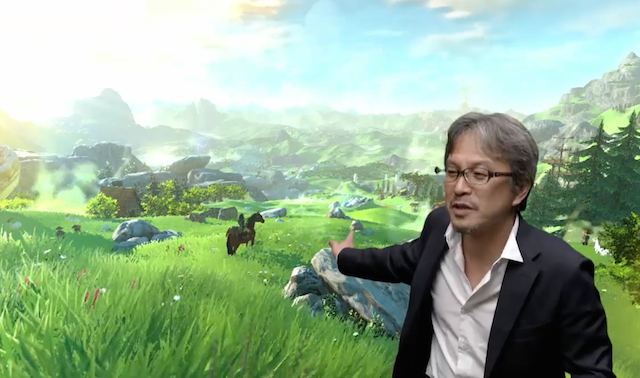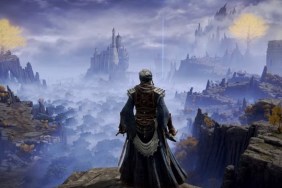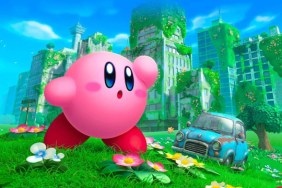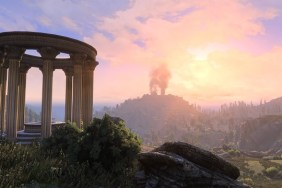Nintendo's prolific Shigeru Miyamoto, in a Q&A with investors, described the upcoming The Legend of Zelda for Wii U by examining the concept of its supposed "open world":
I prefer not to use the generally used term "open world" when developing software, but we used this term [at E3] in order to make it easier for consumers to understand. This terms means there is a large world in which players can do numerous things daily.
In the traditional The Legend of Zelda series, the player would play one dungeon at a time. For example, if there are eight dungeons, at the fourth dungeon, some players may think, 'I’m already halfway through the game,' while other players may think, 'I still have half of the game to play.' We are trying to gradually break down such mechanism and develop a game style in which you can enjoy The Legend of Zelda freely in a vast world, whenever you find the time to do so.
Miyamoto-san has a point.
Most gaming nerds intrinsically comprehend the word "open-world"—otherwise known as "free roam" or "sandbox"—when it's brought up in an article (like this editorial). They imagine an environment that stretches for extremely wide distances in every direction, where the player can move an avatar almost anywhere on the map with few limitations and hardly an invisible wall in sight. Most any single-player title that dares to describe itself as triple-A practically requires its setting to be open-world, and only a handful of single-player closed-world titles, like those from Naughty Dog and Telltale, find mass appeal and critical acclaim.
But is the term "open-world" just an illusion, a half-truth, or, at worse, a lie? Sure, we can play petty semantics. Even the widest environments from Grand Theft Auto V or The Elder Scrolls V: Skyrim have their limitations, and players will eventually hit a wall, a mountain, or some impassible border that removes the sense of freedom that an open-world design is meant to invoke. When there's a box around what's supposedly a world, it's strange to call it truly open. Maybe it's best to replace the word "open-world" with "open-city" or "closed-but-sufficient-large-so-to-seem-open-world." (Just doesn't have the same ring…)
Grand Theft Auto III is typically heralded as the watershed example of sandbox design for the PS2 era and beyond, but it's not the first game that comes to my mind. Daniel Bischoff asked me on the podcast about what I thought first when it came to sandbox design and I actually said Ocarina of Time, at least when it comes to a 3D "open-world." If I were asked about it again, I would also include the "free-roam" world map of Final Fantasy VII. But if we're talking about "open-world" in general, I would have included some of the classic Final Fantasy titles or A Link to the Past (and a few titles that came even before those). Yes, the maps for those retro games can't compare to the expansive open worlds of modern games, but those were its origins nonetheless.
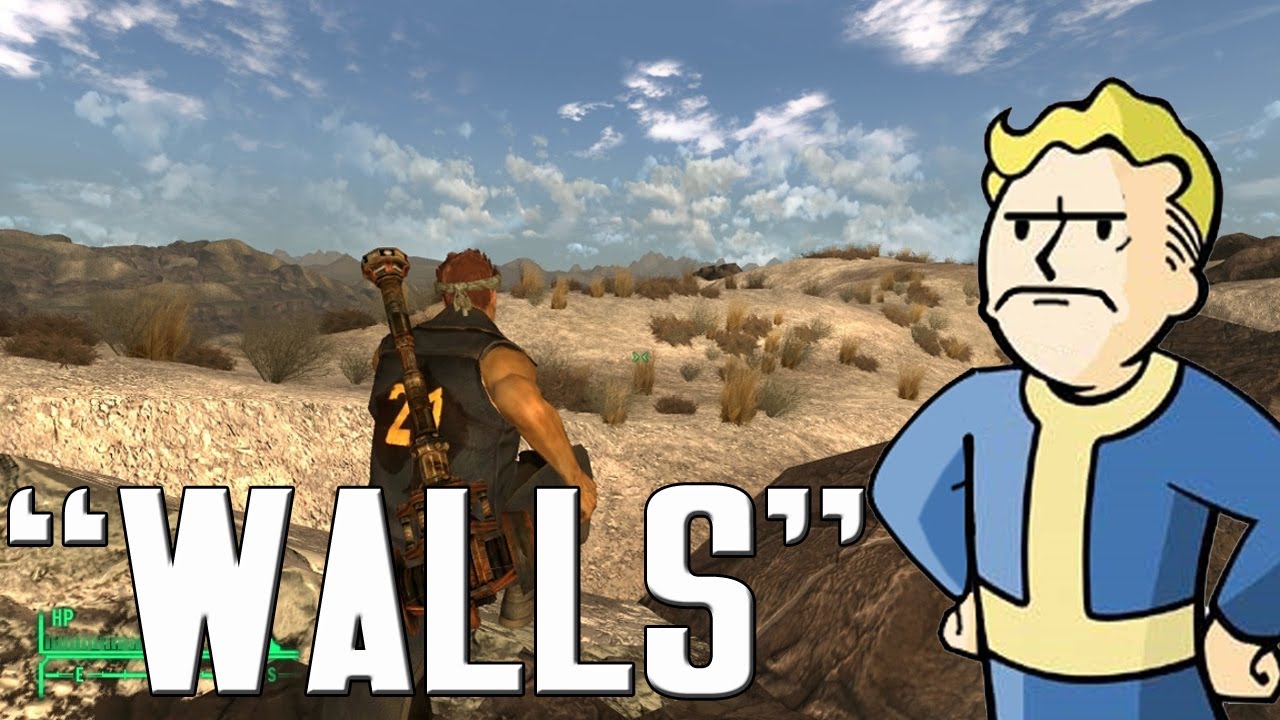
Apart from games like Minecraft, the "vast" majority of open-world titles are paired with a linear storyline, with missions that have single-path objectives and level design, or with a litany of dungeons where players can only move in one direction anyway. It's the usual compromise between the non-linear freedom of an open world with the desire for a dramatic fixed narrative that drives characters forward. In other words, the open world, no matter how sizeable it may be and how much it allows the players to perform tasks in whatever order they wish, is just a hub for a linear experience.
This also begs the question of the line between what players feel to be open-world and what they think isn't. For instance, a game that stretches one city block by one city block likely doesn't register as an open-world game. So how about five blocks by five blocks? Probably not. Twenty blocks by twenty blocks? Maybe, maybe not. But eventually, that dimension can increase to the point when players will be satisfied in calling this an open-world game.
Said another way, how large does a hub world need to be for the illusion of an open-world to be in effect? Does the density of quests and activities also matter? If so, how much stuff needs to be in a world to make it feel open or, shall we say, "meaningfully" open? Is "vast" a superior and interestingly more accurate term than "open world"?
